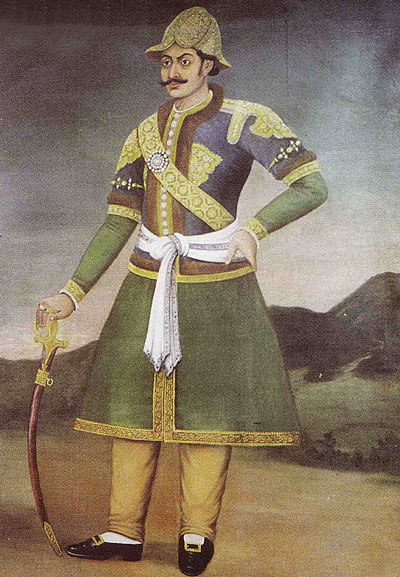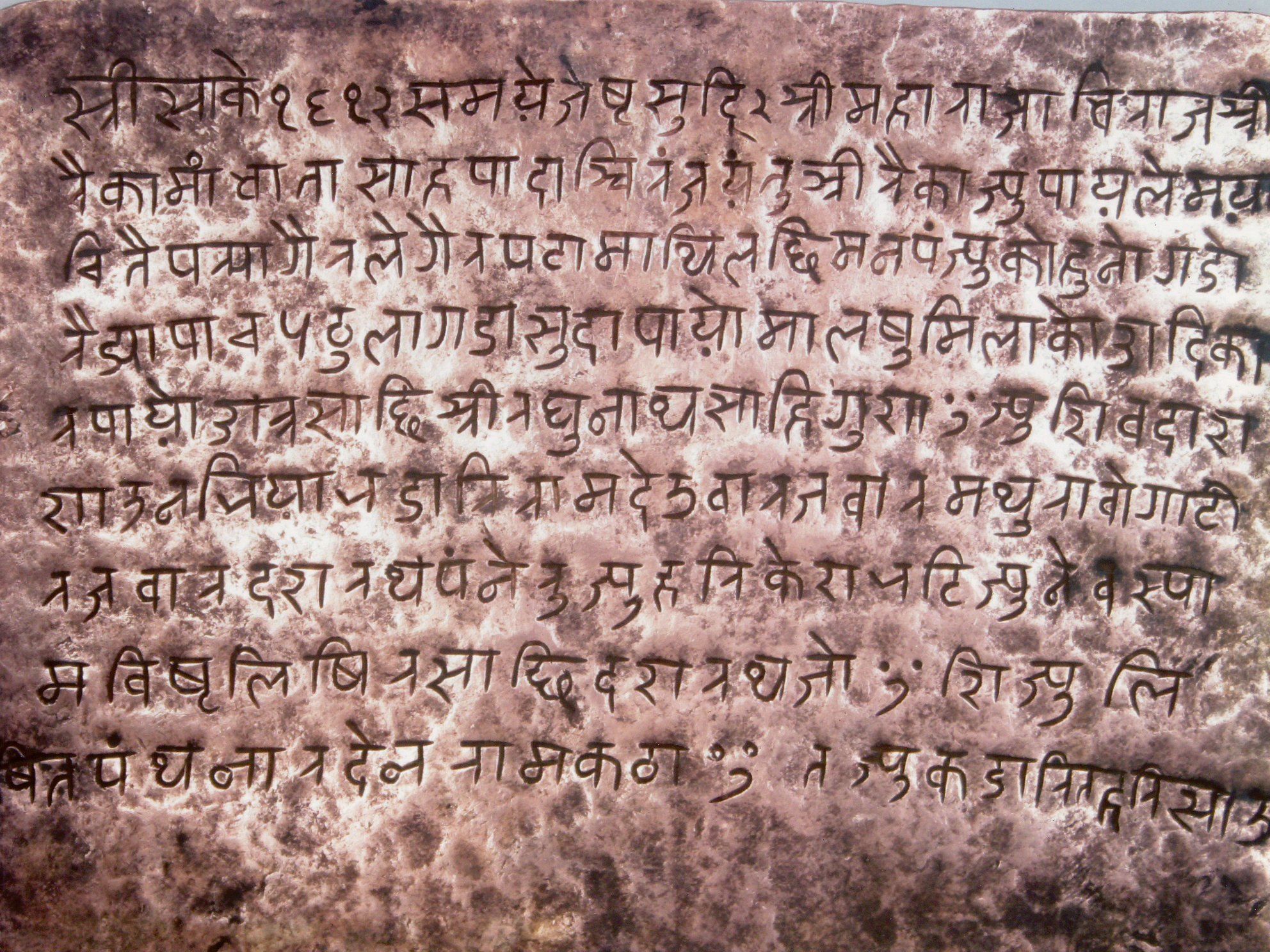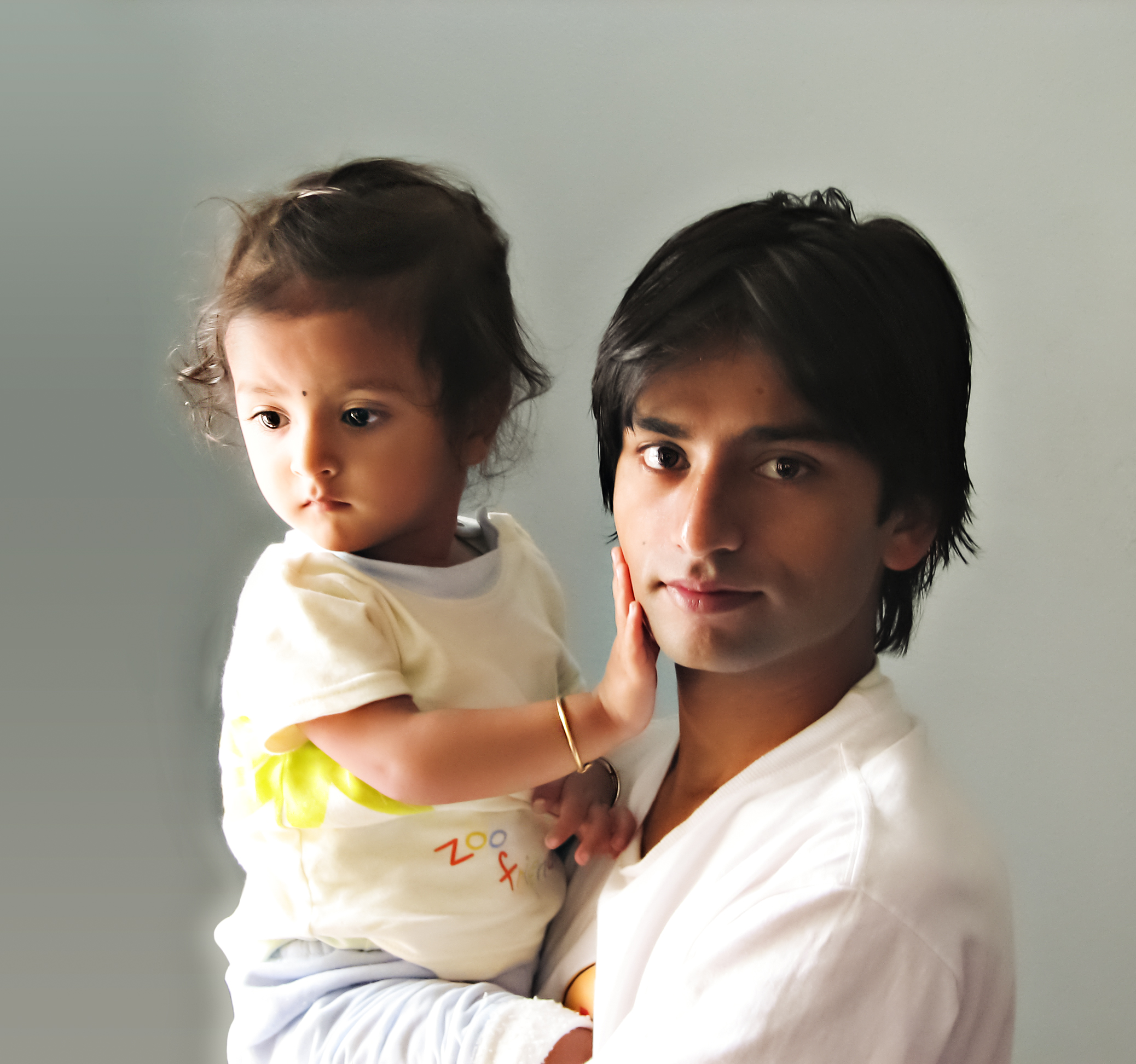|
Bahun
Bahun (), also known as Hill Brahmins, are a Brahmin varna among the Khas of Nepal. They are a sub-caste of the Kanyakubja Brahmin while their origins are from Kannauj and the Himalayan belt of South Asia. According to the 2011 Nepal census, Bahun is the second most populous group after Chhetri. According to 1854 ''Muluki Ain'', the first Nepalese civil code, Bahuns were regarded as caste among sacred thread bearers ( Tagadhari) and twice-born Hindus. Origin Traditionally, Bahuns were members of the Khas community together Chhetris. Possibly due to political power of the Khasa Malla kingdom, Khas Brahmins and Khas Kshatriyas had high social status in the present-day western Nepal. Bahuns, regarded as upper class Khas group together with Chhetris, were associated mostly with the Gorkha Kingdom and its expansion. There appears to be general agreement in historical records and family genealogy that Hill Brahmins (both Purbia and Kumai Bahuns) migrated from the G ... [...More Info...] [...Related Items...] OR: [Wikipedia] [Google] [Baidu] |
Tagadhari
''Tagadhari'' () are members of a Nepalis, Nepalese Hindu group that is perceived as historically having a high socio-religious status in society. Tagadhari are identified by a ''sacred thread'' (Janai) around the torso, which is used for ritualistic purposes in Hinduism. In Sanskrit the sacred thread is called ''yajñopavītam'' and in Nepali language, Nepali ''Janai'' (). The cord is received after the Upanayana ceremony. Tagadharis were historically favoured by the government of Nepal and various religious and caste-based legal provisions were enacted on their behalf. The legal code of 1854, ''Caste_system_in_Nepal#Muluki_Ain_(1854), Muluki Ain'', which was introduced by Chhetri Maharaja and Prime Minister of Nepal Jang Bahadur Kunwar Ranaji, Narsingh Jang Bahadur Kunwar Ranaji, made it impossible to legally enslave Tagadharis and decreed fewer punishments for them in comparison to Matawali (liquor drinkers) and Dalits. Background ''Tagadhari'' means "wearers of the sacred t ... [...More Info...] [...Related Items...] OR: [Wikipedia] [Google] [Baidu] |
Chhetri
Chhetri (Kshetri, Kshettri, Kshetry or Chhettri), ( ; IAST: ''Kṣetrī'') historically called Kshettriya or Kshetriya or Khas are Nepali language, Nepali speaking people historically associated with the warrior class and administration, some of whom trace their origin to migration from medieval India. Chhetri was a caste of administrators, governors, Bir Bhadra Thapa, warriors and military elites in the medieval Khasa kingdom, Khas Kingdom and Gorkha Kingdom (later unified Kingdom of Nepal). The nobility of the Gorkha Kingdom mainly originated from Chhetri families. They also had a strong presence in civil administration affairs. The bulk of Prime Minister of Nepal, prime ministers of Nepal before the Revolution of 1951, democratization of Nepal belonged to this caste as a result of the old Gorkhali aristocracy. Gorkha-based aristocratic Chhetri families included the Pande dynasty, the Basnyat dynasty, the Kunwar family (and their offspring branch, the autocratic Rana dynasty) an ... [...More Info...] [...Related Items...] OR: [Wikipedia] [Google] [Baidu] |
Khas People
Khas peoples or Khas Tribes, (; ) popularly known as Khashiya are an Indo-Aryan ethno-linguistic group native to the Himalayan region of the Indian subcontinent, in what is now the South Asian country of Nepal, as well as the Indian states of Uttarakhand, Himachal Pradesh, West Bengal, Assam and Sikkim. Khas consists of many subtribes like Kshetri, Thakuri, Bahun and Sanyasis and all spread across the Himalayas. According to the Constitution of Nepal, Bahun, Kshetris, Thakuris, and Sanyasis (Dashnami) who are citizens of Nepal should be considered as "Khas Arya" for electoral purposes. Historically, Khas were the speakers of an ancient ''Khas language'' from the Indo-Aryan language family and the earliest recorded speakers of the Western Pahari languages. The large portion of the Indo-Aryan speakers throughout lower Himalayas were the Masto people. An intrusion of this tribe from the Western and Northwestern Himalayas into Central Himalayas is substantiated b ... [...More Info...] [...Related Items...] OR: [Wikipedia] [Google] [Baidu] |
Caste System In Nepal
The Nepalese caste system is the traditional system of social stratification of Nepal. The Nepalese caste system broadly borrows the classical Hindu ''Chaturvarnashram'' model, consisting of four broad social classes or varna: Brahmin, Kshatriya, Vaishya, Sudra. The caste system defines social classes by a number of hierarchical endogamous groups often termed ''jaat''. This custom was traditionally only prevalent in the three Indo Aryan societies of the Khas, Madhesi, and Newars. However, since the unification of Nepal in the 18th century, Nepal's various non-Hindu ethnic nationalities and tribes, previously called "Matwalis" (alcohol-drinkers) and now termed as "Adivasi/Janajati" (indigenous/nationalities), have been incorporated within the caste hierarchy to varying degrees of success. Despite the forceful integration by the state into the pan-Hindu social structure, the traditionally non-Hindu groups and tribes do not necessarily adhere to the customs and practices of the ... [...More Info...] [...Related Items...] OR: [Wikipedia] [Google] [Baidu] |
Jhapa District
Jhapa District (; ) is a district of Koshi Province in eastern Nepal named after a Rajbanshi Surjapuri language word "Jhapa", meaning "to cover" (verb). The 2021 Nepal Census, puts the total population of the district at 994,090. The total area of the district is 1,606 square kilometres. History The lowlands of Limbuwan (present-day terai lands of Sunsari, Morang, and Jhapa) were collectively known as Morang since the time of King Mawrong of 7th century. In the beginning of 1400 AD, Morang Kingdom patriated from Kingdom of Ilam and Kingdom of Mikluk Bodhey (Choubise) and started ruling on its own. Location Jhapa is the easternmost district of Nepal and lies in the fertile Terai plains. It is part of the Outer Terai. Jhapa borders with Ilam in the north, Morang in the west, the Indian state of Bihar in the south and the Indian state of West Bengal to the southeast and east. Geographically, it covers an area of and lies on 87°39’ east to 88°12’ east longitude and 2 ... [...More Info...] [...Related Items...] OR: [Wikipedia] [Google] [Baidu] |
Syangja District
Syangja District (; ) is a part of Gandaki Province, and is one of the List of districts of Nepal, seventy-seven districts of Nepal. Its headquarter is Putalibazar with a diverse population including Brahmin, Magar, Chhetri, Dalit and Gurung communities. Syangja is home to attractions like the ancient temples of Garaunsur and Akala, scenic viewpoints such as Panchase, and the historical town of Waling, making it a growing eco-tourism destination. The economy is primarily based on agriculture, with rice, maize, millet, and fruits like oranges being widely cultivated. Syangja is the leading Orange producer in nepal with 22,000 tons in 2023. The district has several educational institutions, and many residents pursue higher education in cities like Pokhara and Kathmandu. Well-connected by highways to major cities like Pokhara and Butwal, Syangja offers a blend of natural beauty, cultural diversity, and historical importance. The district covers an area of and has a population of 254 ... [...More Info...] [...Related Items...] OR: [Wikipedia] [Google] [Baidu] |
Brahmin
Brahmin (; ) is a ''Varna (Hinduism), varna'' (theoretical social classes) within Hindu society. The other three varnas are the ''Kshatriya'' (rulers and warriors), ''Vaishya'' (traders, merchants, and farmers), and ''Shudra'' (labourers). The traditional occupation of Brahmins is that of priesthood (purohit, pandit, or pujari) at Hindu temples or at socio-religious ceremonies, and the performing of rite of passage rituals, such as solemnising a wedding with hymns and prayers.James Lochtefeld (2002), Brahmin, The Illustrated Encyclopedia of Hinduism, Vol. 1: A–M, Rosen Publishing, , page 125 Traditionally, Brahmins are accorded the supreme ritual status of the four social classes, and they also served as spiritual teachers (guru or acharya). In practice, Indian texts suggest that some Brahmins historically also became agriculturalists, warriors, traders, and had also held other occupations in the Indian subcontinent.GS Ghurye (1969), Caste and Race in India, Popular Prakasha ... [...More Info...] [...Related Items...] OR: [Wikipedia] [Google] [Baidu] |
Hinduism In Nepal
Hinduism is the largest religion of Nepal. In 2006, the country declared itself a secular country through democracy, after the abolition of its monarchy. According to the 2021 census, the Hindu population in Nepal is estimated to be around 23,677,744 which accounts for at least 81.19% of the country's population, the highest percentage of Hindus of any country in the world. Vikram Samvat, one of the two official calendars used in Nepal, is a solar calendar essentially the same to that widespread in North India as a religious calendar, and is based on Solar unit of time. Among the ethnic groups are the Bahun, Thakuri, Tharu, Chhetri, Magars, Hill Dalits, Madheshi, Newari people. Meanwhile, among the major ethnic groups Sherpa, Rai, Limbu, Gurung and Tamang have lowest percentage of followers of Hinduism within the group. History Historians and local traditions say that a Hindu sage named "Ne" established himself in the valley of Kathmandu during prehistoric time ... [...More Info...] [...Related Items...] OR: [Wikipedia] [Google] [Baidu] |
2011 Nepal Census
Nepal conducted a widespread national census in 2011 by the Nepal Central Bureau of Statistics. Working in cooperation with the 58 municipalities and the 3,915 Village Development Committees at a district level, they recorded data from all the municipalities and villages of each district. The data included statistics on population size, households, sex and age distribution, place of birth, residence characteristics, literacy, marital status, religion, language spoken, caste/ethnic group, economically active population, education, number of children, employment status, and occupation. *Total population in 2011: 26,494,504 *Increase since last census in 2001: 3,343,081 *Annual population growth rate (exponential growth): 1.35 * ... [...More Info...] [...Related Items...] OR: [Wikipedia] [Google] [Baidu] |
Gulmi District
Gulmi District (), a part of Lumbini Province, is one of the seventy-seven districts of Nepal. The district, with Tamghas as its headquarters, covers an area of , had a population of 296,654 in 2001, 280,160 in 2011 and 268,597 in 2016. Introduction Gulmi is a hilly district that lies in Lumbini Province. Surrounded by Syangja and Parbat districts on the east, Palpa, and Arghakhanchi on the south, Baglung on the north, and Pyuthan on the west. Gulmi is widely known for introducing coffee farming to Nepal. It is also a major exporter of organic coffee. Gulmi is rich in natural resources such as cobalt. Festivals such as Maghe Sankranti and other festivals are popular among both tourists and locals. The major destination with huge potential for tourism includes Bichitra Cave in Dhurkot, historical Kingdom of Dhurkot durbar is located. Resunga, with its rich biodiversity and religious value, Gyawa Kshetra, Charpala, Musikot, Isma Durbar, Wami Taksar, and Purtighat. Ruru ... [...More Info...] [...Related Items...] OR: [Wikipedia] [Google] [Baidu] |





